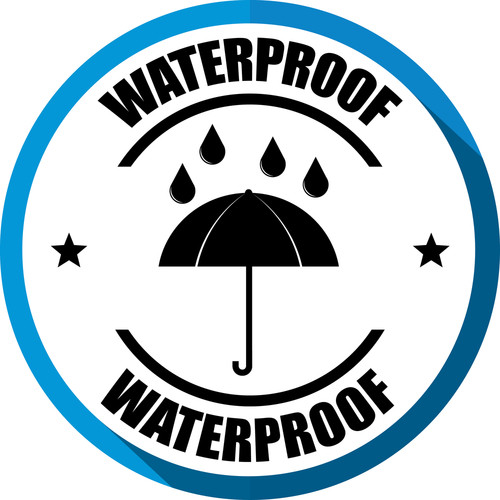There are more than a few reasons why a commercial property has to be properly waterproofed and sealed. There’s the obvious one – any property, commercial or not, should be waterproofed and sealed to prevent damage from leaks or flooding. But with commercial properties, in particular, there’s a need for an ever higher degree of vigilance, as any damage to them can damage someone’s livelihood, and that’s not something that should be taken lightly.
 Luckily, it’s not that hard to make sure a property is properly waterproofed and sealed. There are some areas that are more prone to taking damage from water, so they will need some special attention and special methods of waterproofing and sealing.
Luckily, it’s not that hard to make sure a property is properly waterproofed and sealed. There are some areas that are more prone to taking damage from water, so they will need some special attention and special methods of waterproofing and sealing.
1. Above Grade Waterproofing and Sealing
Waterproofing and sealing the portion of the property that’s above the surface level can include making sure the doors and windows are waterproof and sealed, but in can also mean making sure there are no cracks on the walls of the building’s façade through which water could get in and cause damage to the walls. Depending on the materials of the building, different types of sealants and coatings can be used – there are special sealants that are used for concrete, and other ones that are used for bricks. As for the doors and windows, a carpenter should take a look at them to determine what their weak spots are and how they should be fixed.
2. Below Grade Waterproofing and Sealing
Waterproofing the portion of the property that’s below the surface level is trickier the portion that’s above. The reason for this is that there are more actions that need to be taken to make sure the foundation and the portions of the wall that are below the ground are waterproofed and sealed, and it can sometimes include digging out the ground that’s around the below grade level of the building, and creating slopes that will prevent water buildup around the walls.
3. Parking Deck Waterproofing and Sealing
Parking decks and lots take a heavy beating from the elements. But that’s not all they get, as there’s also the matter of cars leaking oil or fuel on them, which can cause staining and damage. To prevent that from happening, parking deck waterproofing and repair is extremely important for damage control, and any crack in them should be sealed as soon as it appears. If the parking deck is damaged significantly, it can be completely resurfaced using an epoxy coating that restores cracks, a methyl methacrylate top coating which increases durability, and urethane which will protect the deck from water intrusion.
4. Patio and Balcony Waterproofing and Sealing
Even if the patio or the balcony of your commercial property is more or less covered by the roof, it won’t stop the rain from falling at an angle and getting onto the patio or the balcony. These external features of a building are exposed to all the weather conditions, which mean they will, after enough time, become damaged. That is, of course, if they are not properly waterproofed or sealed. Depending on the material used for the flooring of your patio or balcony, different types of coatings can be used to seal and waterproof your patio and balcony. If the flooring is badly damaged, it will need to be repaired, and it also might be a good idea to check the integrity of the substrate, to make sure it’s not damaged as well. If it is, don’t fret – that can be fixed, too.
5. Positive Side Waterproofing
Positive side waterproofing is a term used to describe waterproofing of a structure on the side where the water is coming from – that is, outside of the property. This is the process in which the outer walls are coated with special water-resistant coating and membranes which will prevent water from entering either the walls or the foundation. It is the most effective way of preventing water damage, as it’s pretty much used to create a physical obstacle through which the water can’t pass and get into the wall.
6. Negative Side Waterproofing
Negative-side waterproofing is used for keeping water out of a space that’s inside the building, like a room or the basement. It differs from positive side waterproofing because it is used on the side opposite of the one from which the water is coming, meaning that it’s used from the inside. This, of course, implies that the water has already found a way through the wall or the foundation, and negative side waterproofing doesn’t address those issues – it just prevents water from moving further. As such, negative waterproofing is usually more of a temporary remedy than a thorough cure for the water problems. But as far as temporary remedies go, it is very effective.
